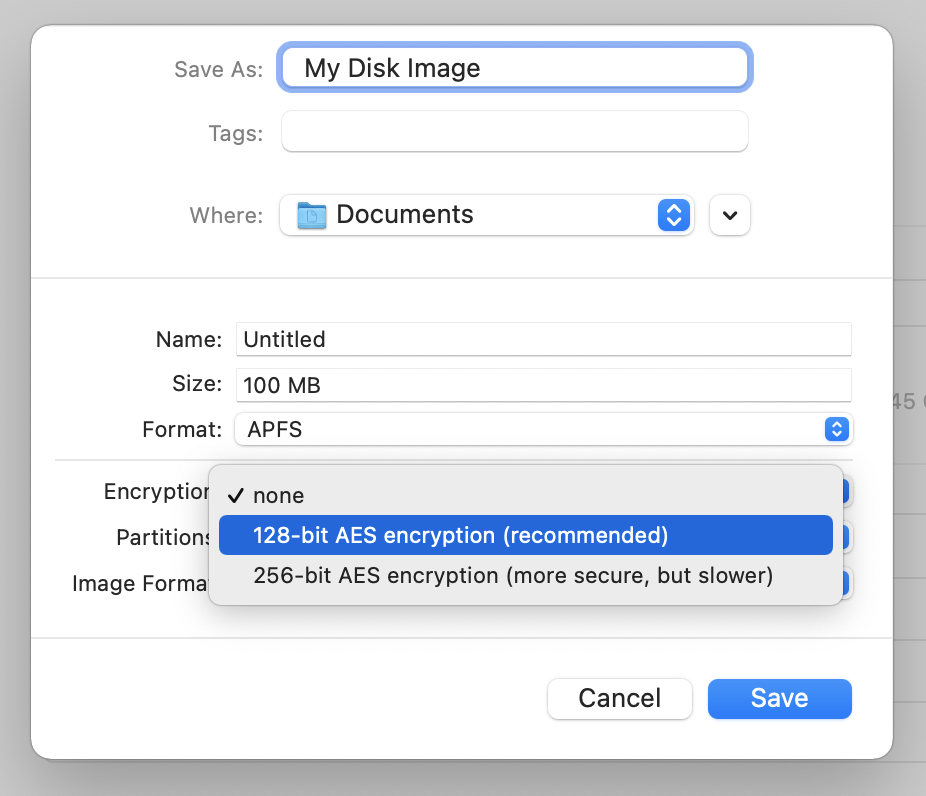
- Encrypt file for email mac for android#
- Encrypt file for email mac code#
- Encrypt file for email mac series#
Phobos is written in C/C++ and compiled in MS Visual Studio. The main vector of infection is unauthorized RDP access. Like most modern ransomware, Phobos is distributed through a RaaS affiliate program.
Encrypt file for email mac code#
However, we found no direct borrowing of code in other words, these are different families of Trojans assembled from different sources.

This suggests that either the Trojans share the same developer, or the authors of Phobos are familiar with how Crysis works. At the conceptual level (code structure, approaches used by the developers), Phobos is similar to Crysis in many ways. This ransomware has been around since 2017. The attacker cracks the credentials (through a dictionary/brute-force attack or ready lists bought from other cybercriminals), connects remotely to the victim’s computer, and runs the Trojan manually. The typical Crysis attack vector is unauthorized RDP access. Besides the encrypted content, the encrypted file stores the IV, the RSA-encrypted AES key, and auxiliary information, including the attacker’s label (a string value), the SHA1 hash of the used RSA public key, the original file name, the encryption type (the part of the file to be encrypted is chosen differently for small and large files) and the checksum. Upon launch, the Trojan generates a 256-bit AES key that is encrypted using the RSA-1024 algorithm, with the attacker’s public key contained in the Trojan’s body.Įach file is encrypted using the aforementioned AES key, as well as the freshly generated 128-bit initialization vector (IV). The malware encrypts files using the AES-256 algorithm in CBC mode. The Trojan’s code has remained unchanged for several years, and today it is distributed through a Ransomware-as-a-Service (RaaS) affiliate program.Ĭrysis is written in C/C ++ and compiled in MS Visual Studio. It is known to be deactivated and then revived. PDB info of the executable file Crysis/DharmaĬrysis is an old piece of cryptomalware known since 2016. The developer may be Russian-speaking, but it is impossible to say for sure, since the name could just be an attempt to muddy the waters. The PDB retains information about the name of the project. The malware also sends a message with this information via Telegram.Īfter encryption, the contents of the folders look as follows: the cybercriminals’ e-mail address and the victim’s ID are added to the beginning of each file, followed by the original name and extension, and then the extension added by the ransomware.Įncrypted files and a note from the attackersĪdditionally, a note with the attackers’ details is added to each folder.įor encryption, the program uses the AES symmetric algorithm with a 128-bit key in ECB mode (simple substitution mode) from the CryptoPP cryptographic library. When launched, BigBobRoss shows the operator technical information, including the key for subsequent file decryption. According to our data, its main vector of distribution is cracking RDP passwords. This ransomware became active at the back end of 2018 and remains current. Unique business users whose devices were attacked by ransomware Trojans as a percentage of all unique users of Kaspersky products in the country, January–July 2021 ( download) Ransomware families at a glance BigBobRoss/TheDMR This roundup spotlights the ransomware Trojan families that most actively attacked businesses in the CIS in H1 2021, and their technical characteristics. That said, companies in this region still cannot relax, since they are the target of dozens of lesser-known groups. Most of the groups you might read about in the news today tend to operate outside the Commonwealth of Independent States (CIS).

Encrypt file for email mac series#
This year, after a series of high-profile ransomware incidents, such as the attacks on Colonial Pipeline (the operator of the largest fuel pipeline in the US), JBS and Kaseya, and the heightened scrutiny from the US and other authorities that followed, the ransomware market has undergone some major changes: some groups have shut up shop, others have rebranded. In 2020–2021, with the outbreak of the pandemic and the emergence of several major cybercriminal groups (Maze, REvil, Conti, DarkSide, Avaddon), an entire criminal ecosystem took shape, leading to a mounting worldwide wave of attacks on large organizations with pockets deep enough to pay a ransom in the hundreds of thousands, even millions, of US dollars. These days, when speaking of cyberthreats, most people have in mind ransomware, specifically cryptomalware. Kaspersky Advanced Cyber Incident Communications.KasperskyEndpoint Detection and Response.KasperskyPhysical, Virtual & Cloud Workloads Security.KasperskyEndpoint Security for Business Advanced.KasperskyEndpoint Security for Business Select.

Encrypt file for email mac for android#


 0 kommentar(er)
0 kommentar(er)
